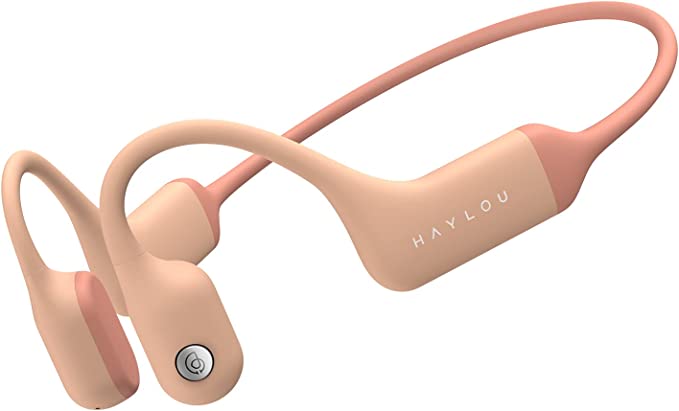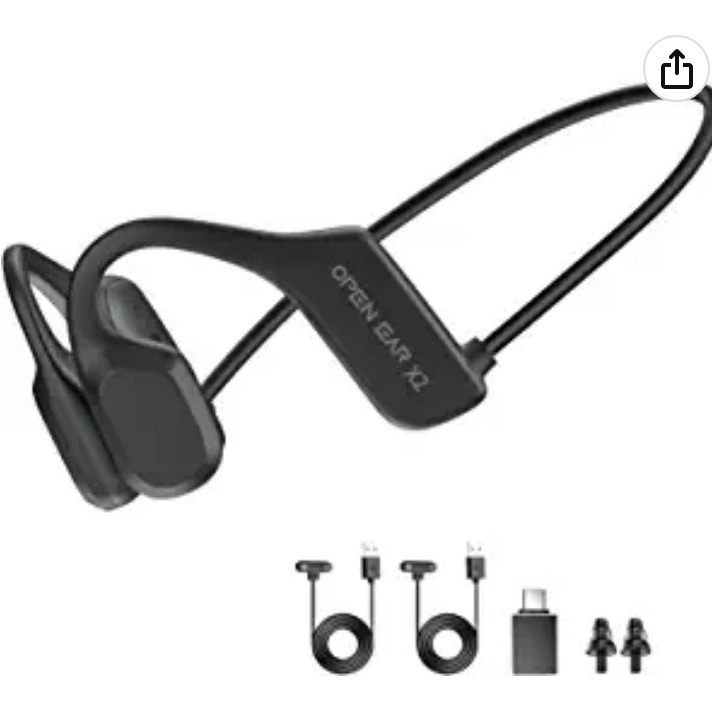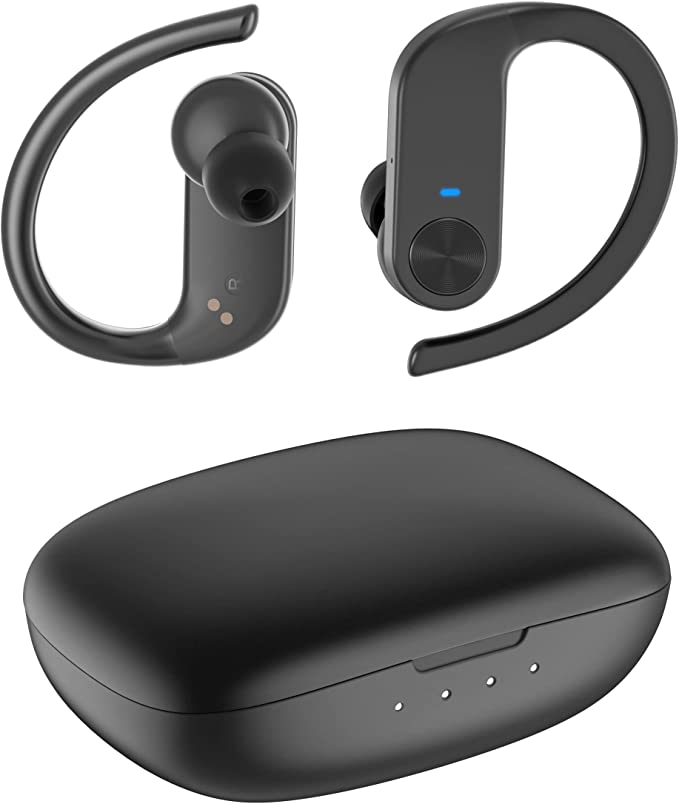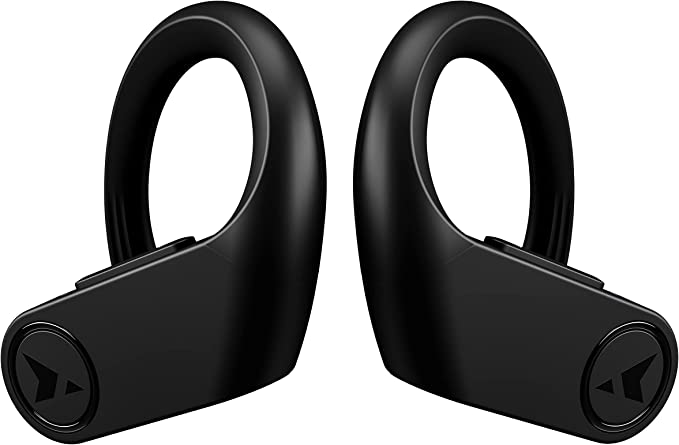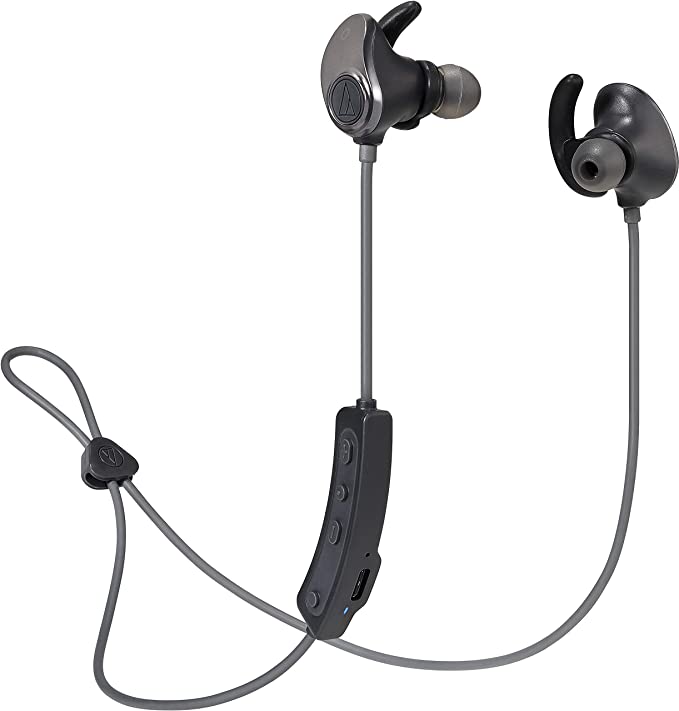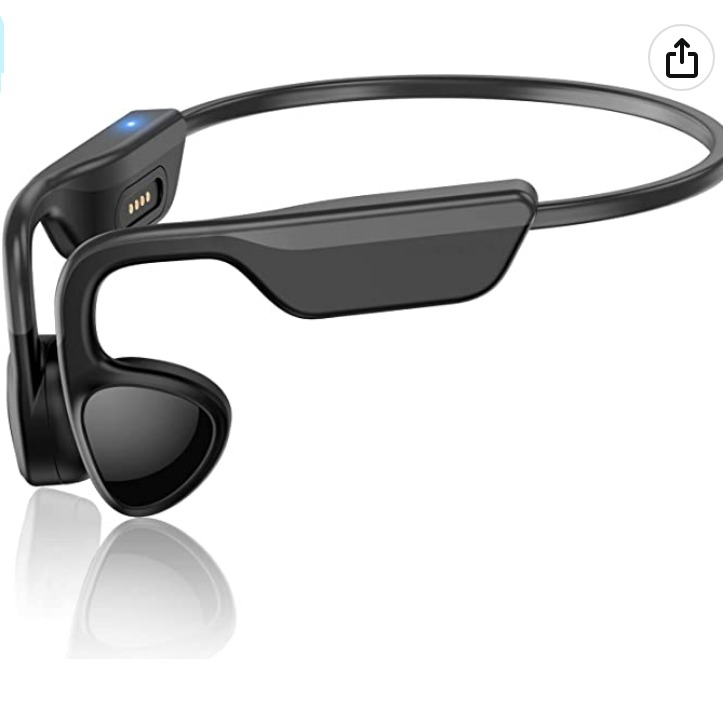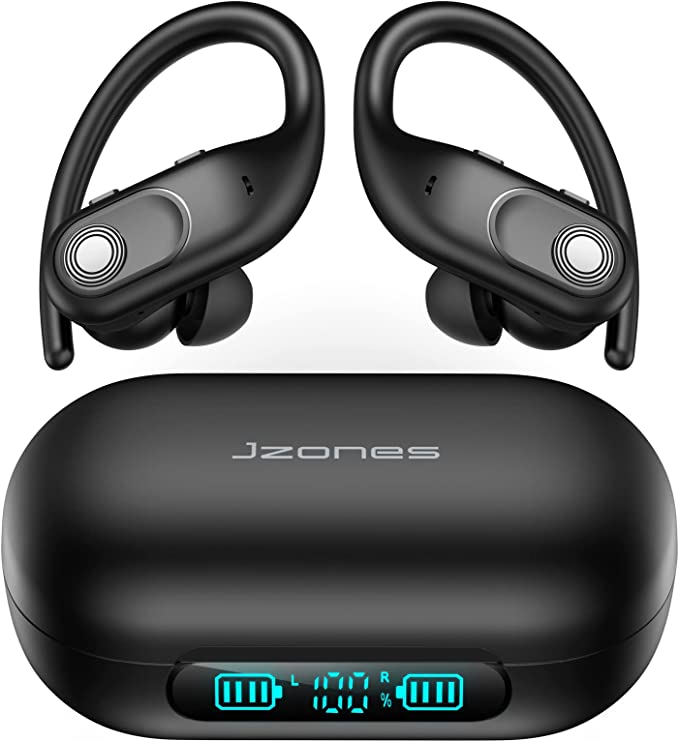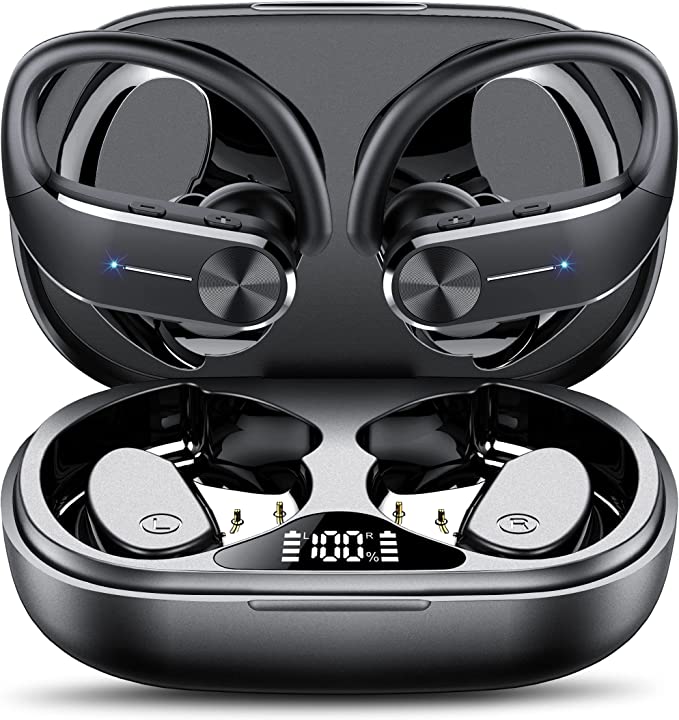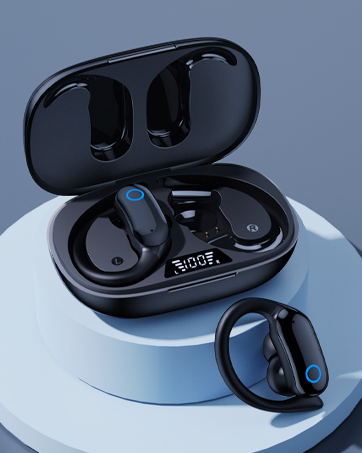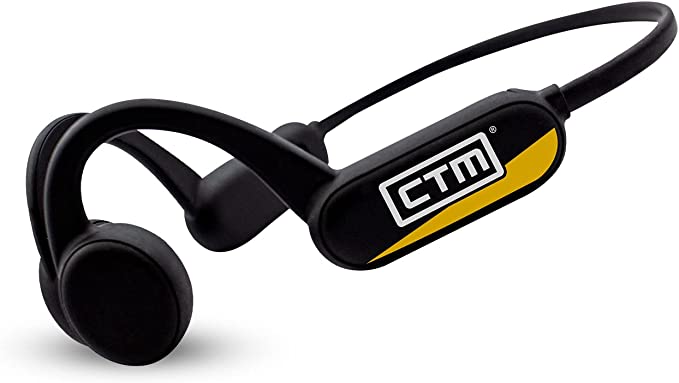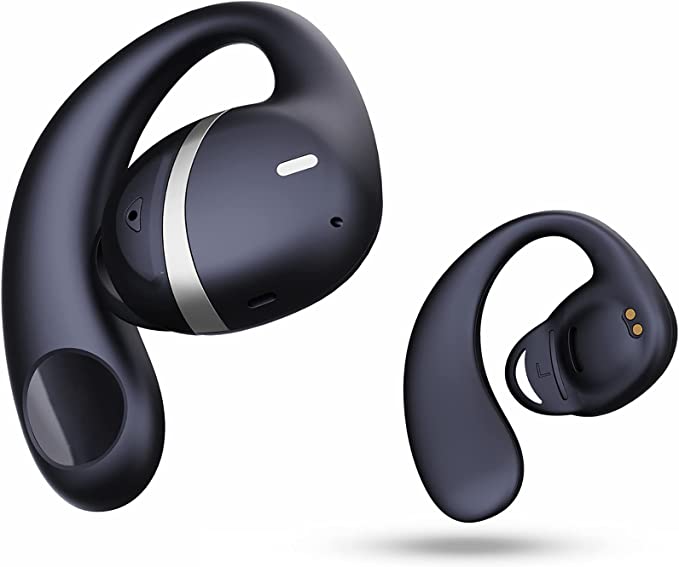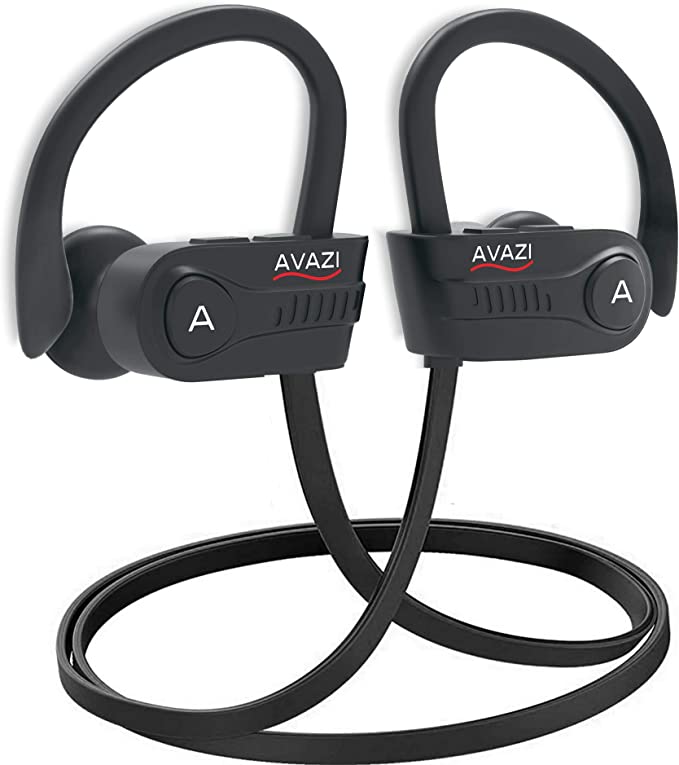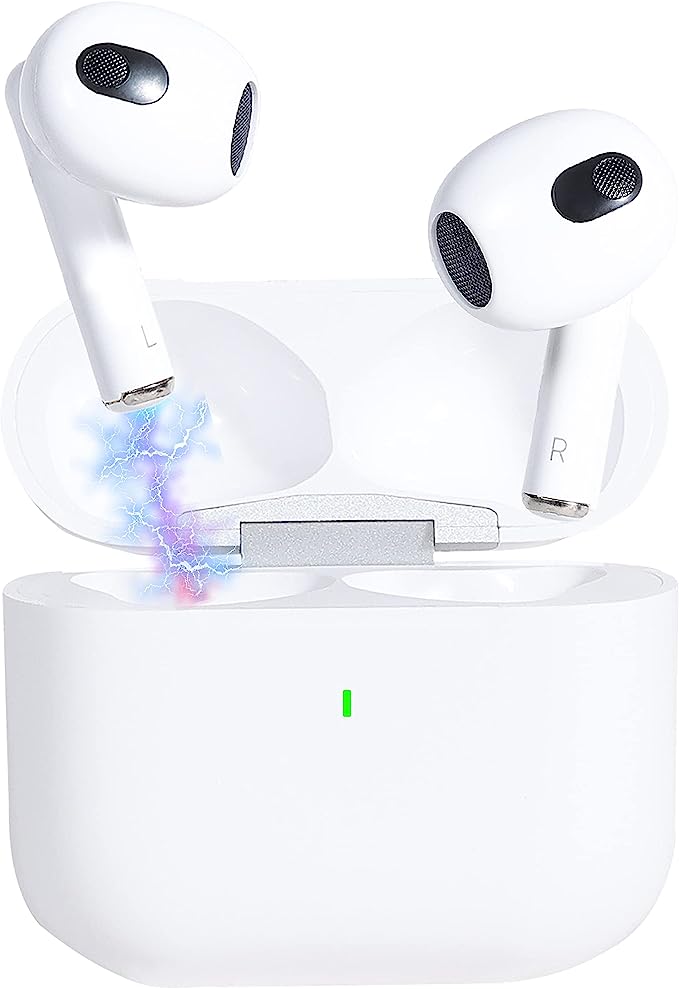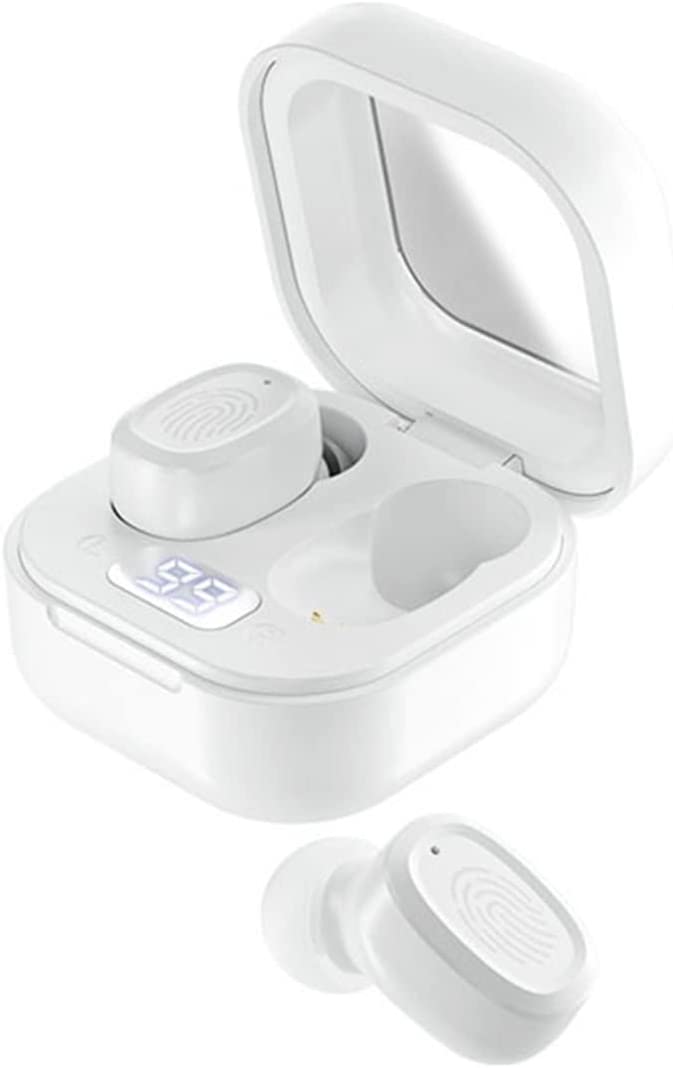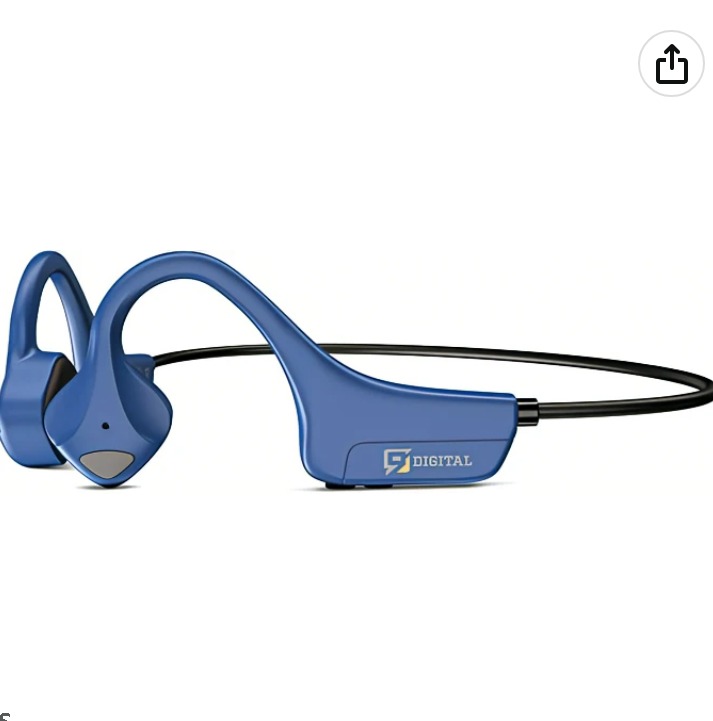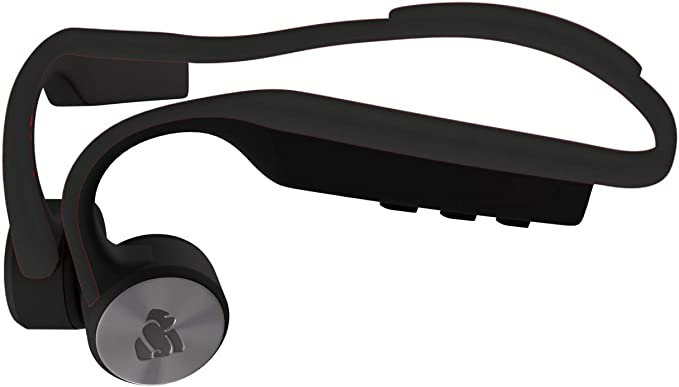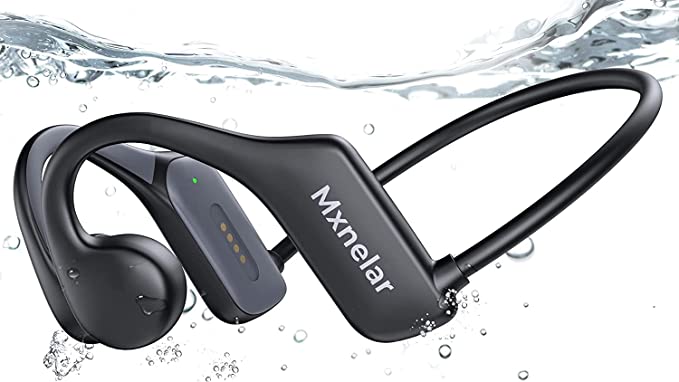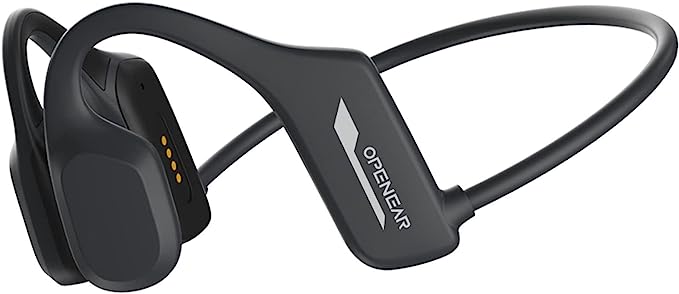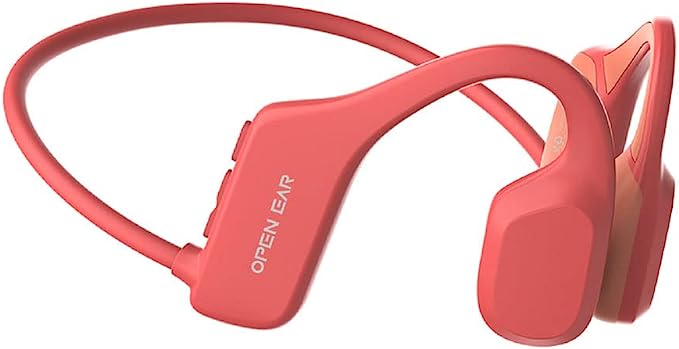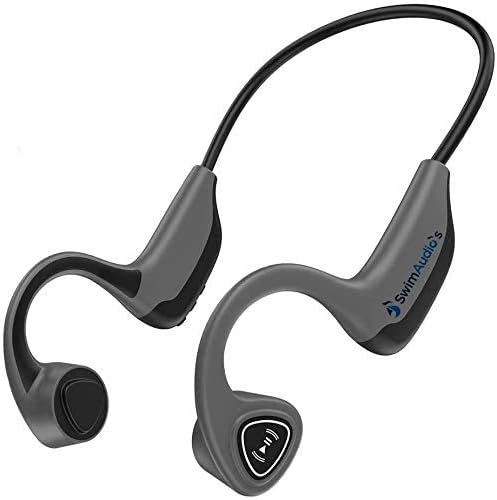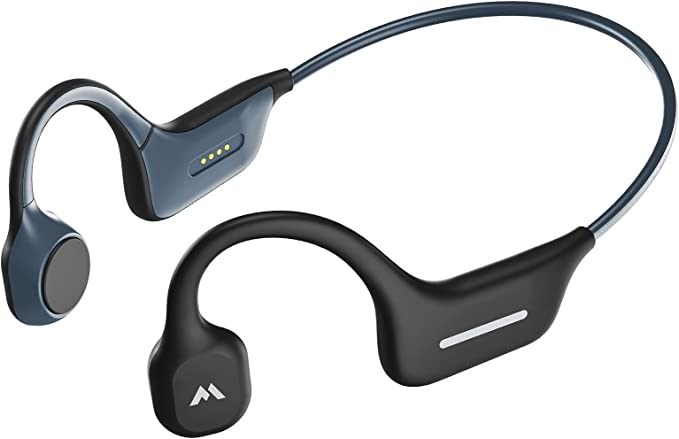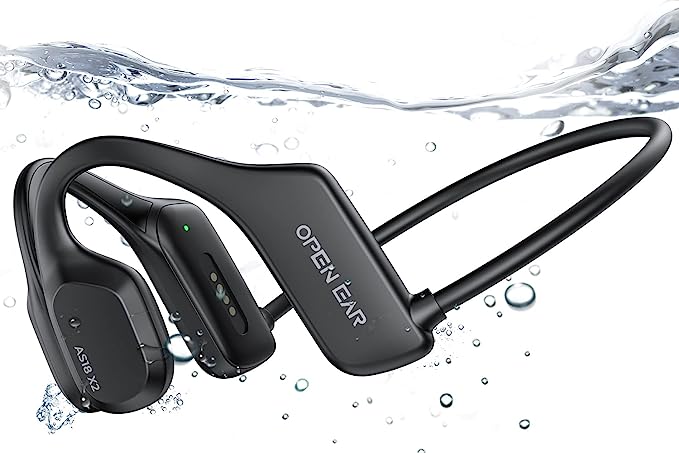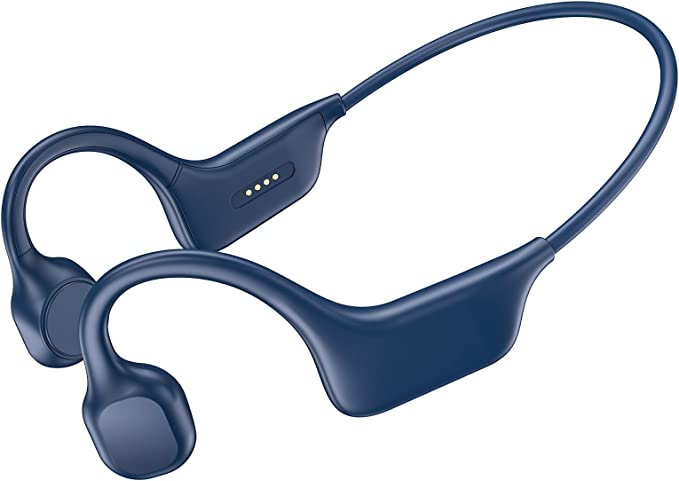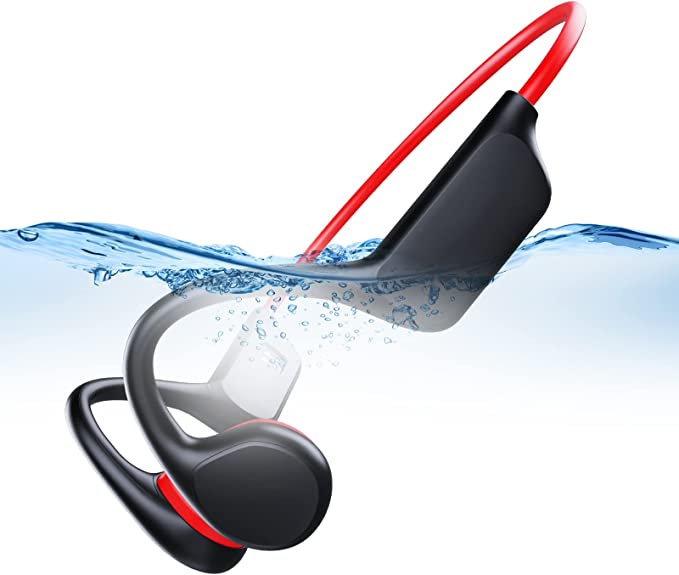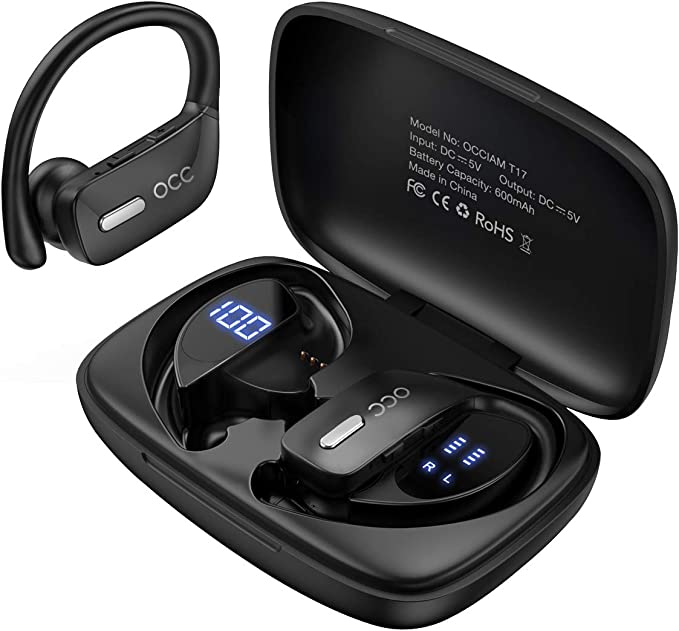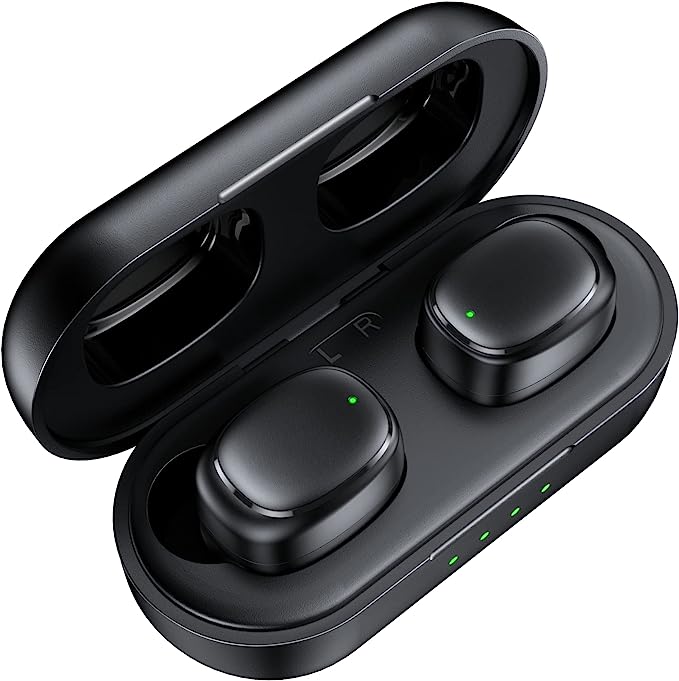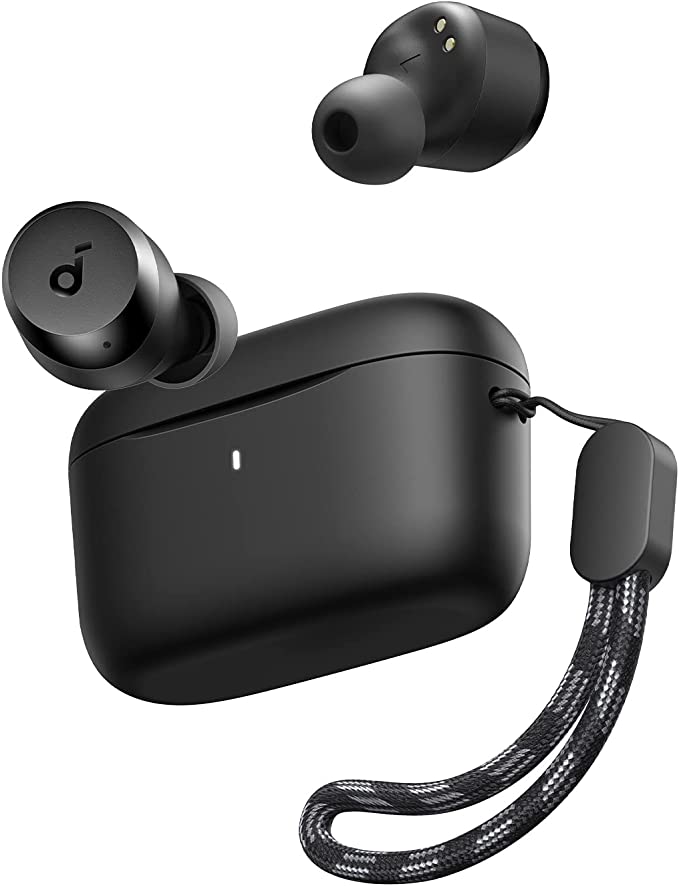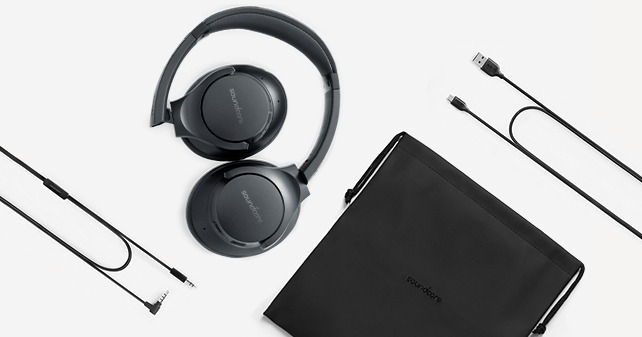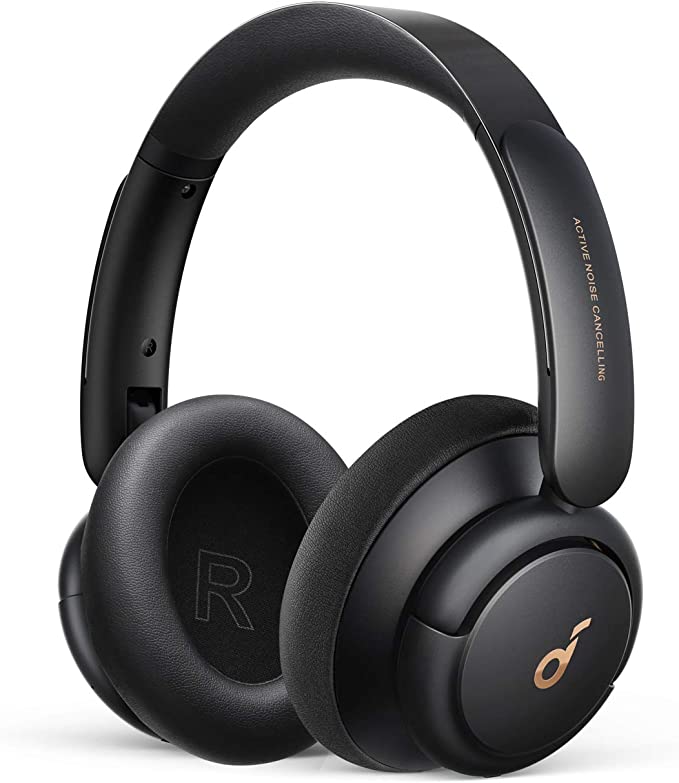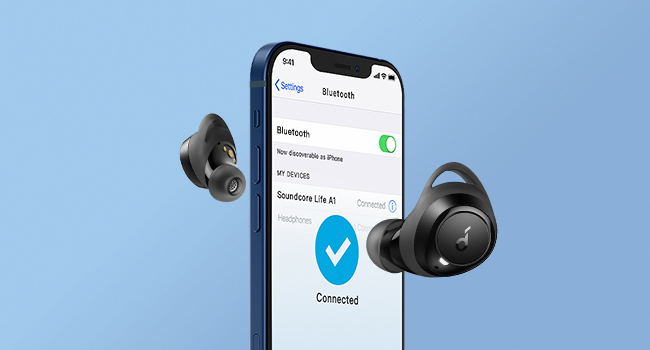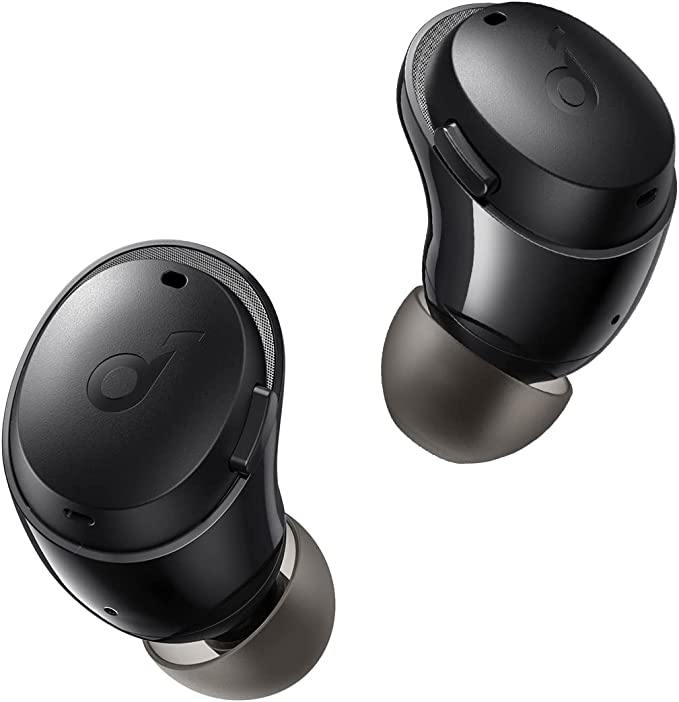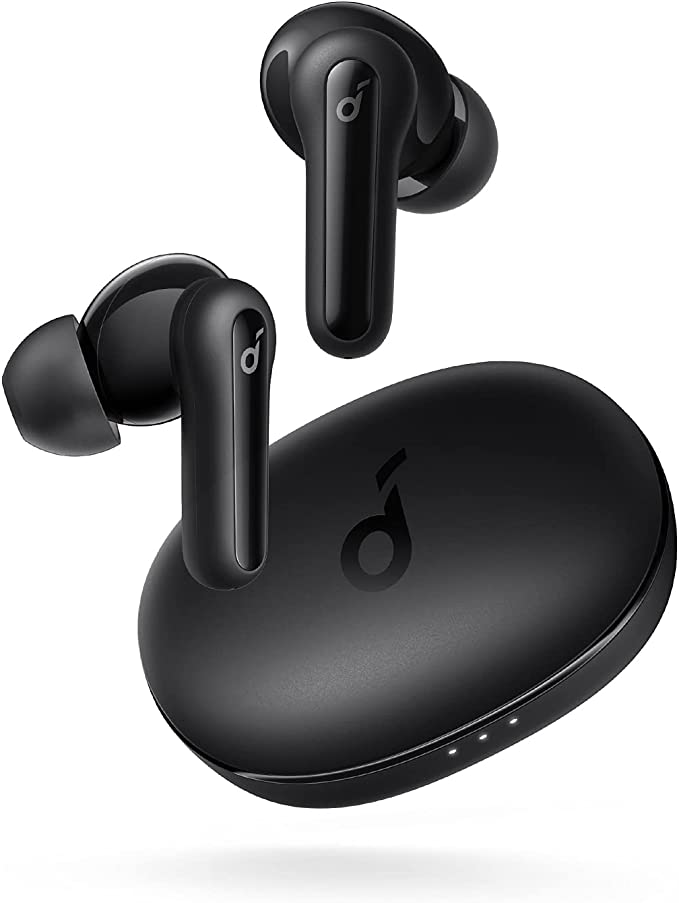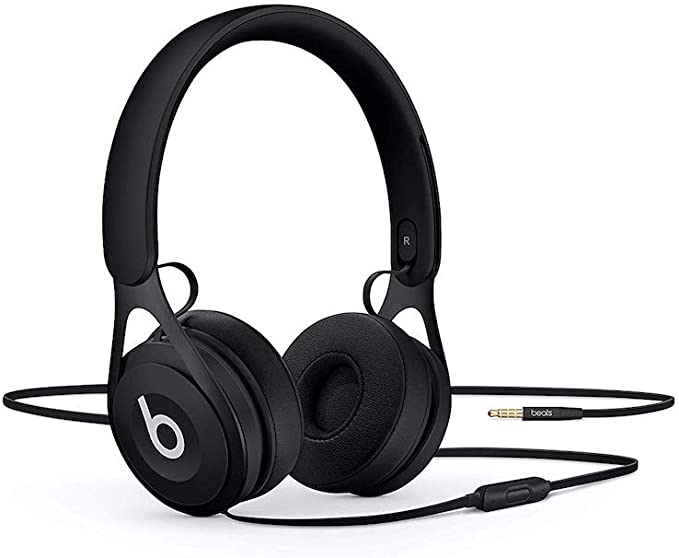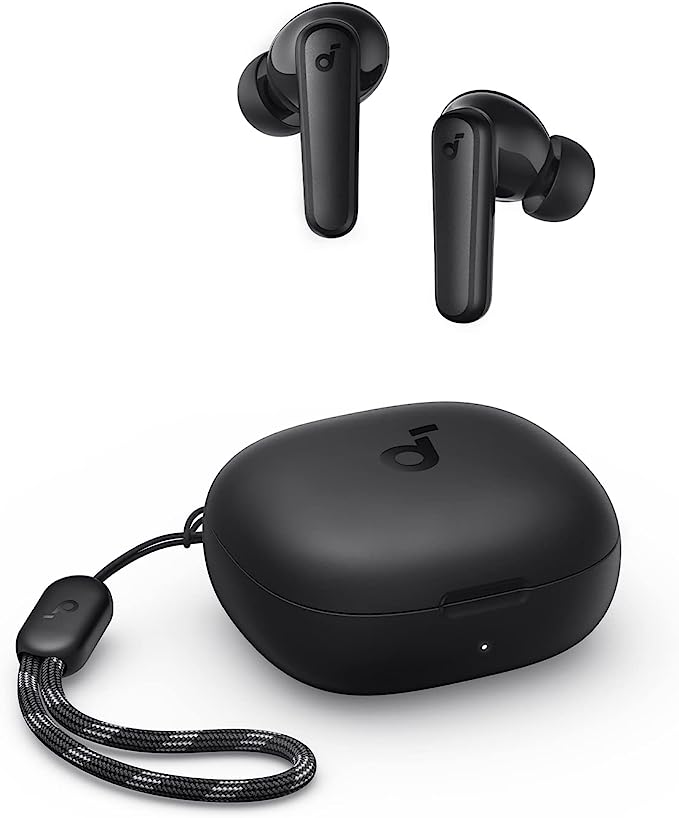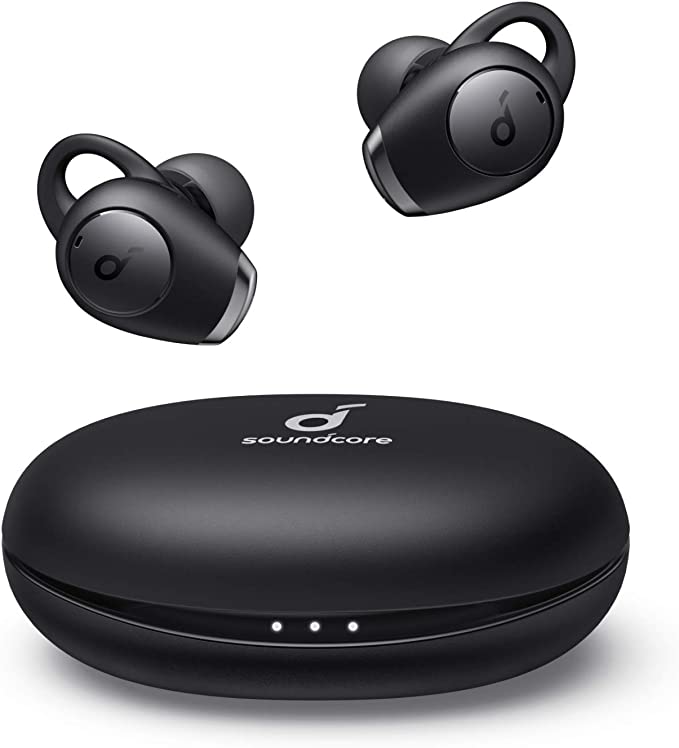Smedz X9 Bone Conduction Headphones: Stay Aware, Enjoy Music
Update on March 8, 2025, 4:13 a.m.
The rhythmic pounding of feet on pavement, the whoosh of wind, the steady beat of a favorite song… For many runners, music is an essential part of the experience. But there’s a dilemma: how do you enjoy your music while staying aware of your surroundings? Traditional earbuds, while delivering excellent sound quality, often block out crucial environmental sounds – a car approaching, a cyclist’s warning bell, or even the friendly greeting of a fellow runner. This is where bone conduction technology offers a fascinating alternative.

The Science of Sound: How We Hear, Air Conduction vs. Bone Conduction
Before we dive into the specifics of bone conduction, let’s briefly revisit how we hear. Typically, sound travels through the air as waves. These waves enter our ear canal and vibrate the eardrum. This vibration is then transmitted through three tiny bones in the middle ear (the malleus, incus, and stapes) to the cochlea, a fluid-filled, snail-shaped structure in the inner ear. The cochlea contains thousands of tiny hair cells that convert these vibrations into electrical signals, which are then sent to the brain via the auditory nerve, where they are interpreted as sound. This is air conduction.
Bone conduction, however, bypasses the eardrum and middle ear. Instead of traveling through the air, sound vibrations are transmitted directly through the bones of the skull to the cochlea. Think of it like this: if you plug your ears and hum, you can still hear yourself, right? That’s bone conduction at work.

A History of Bone Conduction
The concept of bone conduction isn’t new. It has been recognized for centuries. One of the most famous, and perhaps apocryphal, examples is that of Ludwig van Beethoven, the renowned composer who lost much of his hearing in his late 20s. Legend has it that he used a rod attached to his piano, which he would clench between his teeth, allowing him to perceive the vibrations of the music through his jawbone. While the details of Beethoven’s method are debated, the principle illustrates the long-standing awareness of bone conduction. In more modern times, bone conduction technology has been used extensively in hearing aids and assistive listening devices for individuals with certain types of hearing loss.
The Mechanics of Bone Conduction: Vibrations and the Inner Ear
Bone conduction headphones, like the Smedz X9, use transducers to convert electrical signals into mechanical vibrations. These transducers are placed on the cheekbones, just in front of the ears. When you play music, the transducers vibrate, and these vibrations are transmitted through the skull bones directly to the cochlea, stimulating the hair cells and creating the sensation of sound. The key here is that the ear canal remains open, allowing you to hear ambient sounds simultaneously.
Benefits of Bone Conduction: Safety, Awareness, and Potential Hearing Health Benefits
The most significant advantage of bone conduction headphones is situational awareness. Because your ears aren’t blocked, you can hear what’s going on around you – traffic, conversations, warning signals – while still enjoying your audio. This is particularly important for athletes who exercise outdoors, where safety is paramount.
Beyond safety, some proponents suggest that bone conduction may offer some hearing health benefits. Because it bypasses the eardrum, it might reduce the risk of noise-induced hearing loss compared to traditional earbuds, especially at high volumes. However, it’s crucial to understand that this is not a guarantee. Loud sounds, regardless of how they reach the cochlea, can still cause damage. Responsible listening habits are essential, no matter what type of headphones you use.
Introducing the Smedz X9: Features and How They Relate to Bone Conduction
The Smedz X9 headphones are designed to leverage the benefits of bone conduction technology. Let’s take a closer look at their features:
Deep Dive into Smedz X9 Features

-
Open-Ear Design: This is the core principle of bone conduction. The Smedz X9’s transducers sit comfortably on your cheekbones, leaving your ear canals completely open. This design allows you to hear your music and your surroundings simultaneously, maximizing safety and awareness.
-
IP68 Waterproof Rating: The “IP” in IP68 stands for “Ingress Protection,” and the numbers indicate the level of protection against solids (like dust) and liquids (like water). The “6” means the Smedz X9 is completely dust-tight. The “8” means it can withstand immersion in water beyond 1 meter, typically up to 3 meters, for a specified duration (usually 30 minutes). This rating makes the Smedz X9 suitable for swimming, intense workouts, and rainy-day runs. However, it’s always best to check the manufacturer’s specific guidelines for water use.
-
8GB Built-in Memory: This feature allows you to leave your phone behind. You can load music files directly onto the headphones, making them ideal for activities where carrying a phone is cumbersome or impractical, like swimming or long runs where you want to minimize what you carry. 8GB of storage can hold a substantial amount of music, typically thousands of songs, depending on the file size and quality.
-
Lightweight Design: Made from plastic, the Smedz X9 are built for portability and comfort during extended use.
-
Bluetooth Connectivity: While the specific Bluetooth version isn’t provided in the initial data, the presence of Bluetooth allows for wireless connection to smartphones and other devices. This provides flexibility for listening to streaming music, podcasts, or taking calls. Further information is needed to confirm the version and supported codecs (like SBC, AAC, aptX) which impact audio quality and latency.
-
Charging: User reviews indicated a proprietary charger that is easy to lose. This is a valid concern for every electronic device.
Potential Drawbacks of the Smedz X9 (Addressing User Reviews)
It’s important to be transparent about potential downsides. While the Smedz X9 offers several attractive features, user reviews (averaging 3.0 out of 5 stars) highlight some concerns:

- Battery Life: The provided information doesn’t specify the battery life, but some user reviews report a significantly shorter playtime than expected (around 2 hours). This is a major discrepancy that needs clarification.
- Sound Quality: Some users report muffled sound, even at maximum volume. This could be due to various factors, including improper fit, individual hearing differences, or the inherent limitations of bone conduction technology compared to air conduction.
- Fit and Stability: Some users report that the headphones slide down easily, indicating potential fit issues.
- Charger: The special charger isn’t performing well.
Comparing Bone Conduction to Traditional Headphones
| Feature | Bone Conduction (e.g., Smedz X9) | Traditional Earbuds/Headphones |
|---|---|---|
| Situational Awareness | High | Low |
| Ear Canal Comfort | Excellent | Varies; can be uncomfortable |
| Hearing Health | Potentially better (with caution) | Higher risk of hearing damage |
| Sound Quality | Generally lower fidelity | Generally higher fidelity |
| Leakage | Some Sound Leak | Depends on type and fit. |
| Price | Varies, can be higher | Varies widely |
Who is Bone Conduction For? (Beyond Athletes)
While bone conduction headphones are a natural fit for athletes, their benefits extend to other users:
- Cyclists: Maintaining awareness of traffic is crucial for cycling safety.
- Hikers and Trail Runners: Hearing wildlife and other trail users is important.
- Drivers (where legally permitted): Bone conduction can allow drivers to hear GPS directions or take calls while still hearing road noise. Always check local laws regarding headphone use while driving.
- Individuals with Certain Types of Hearing Loss: Those with conductive hearing loss (problems with the outer or middle ear) may find bone conduction helpful, as it bypasses those parts of the ear. However, it’s essential to consult with an audiologist to determine if bone conduction is appropriate for their specific condition.
- Office Workers: In open-plan offices, bone conduction headphones can allow for listening to music or podcasts while still being able to hear colleagues and participate in conversations.
- Parents: Parents might use bone conduction headphones to listen to audiobooks or music while still being able to hear their children.
Caring for Your Bone Conduction Headphones
Proper care will extend the life and maintain the performance of your bone conduction headphones, including the Smedz X9:
- Cleaning: After each use, especially after workouts, wipe down the transducers and headband with a soft, slightly damp cloth. Avoid using harsh chemicals or abrasive cleaners.
- Storage: Store your headphones in a clean, dry place when not in use. Avoid extreme temperatures and direct sunlight.
- Water Exposure (for waterproof models like the Smedz X9): Even with an IP68 rating, it’s a good idea to rinse the headphones with fresh water after exposure to saltwater or chlorinated water. Ensure they are thoroughly dry before charging.
- Charging: Follow the manufacturer’s instructions for charging. For the Smedz X9, pay particular attention to keeping the proprietary charger in a safe and easily accessible location, given the user feedback about its potential for being misplaced.
- Handle with care: Although the Smedz X9’s band is described as flexible, avoid excessive bending or twisting.
The Future of Bone Conduction
Bone conduction technology is continually evolving. We can expect to see advancements in several areas:
- Improved Sound Quality: While bone conduction typically doesn’t match the fidelity of high-end air conduction headphones, ongoing research and development are focused on improving bass response and overall clarity.
- Miniaturization: Future bone conduction headphones may become even smaller and more discreet.
- Enhanced Noise Cancellation: While the open-ear design is a key feature, some level of noise cancellation for the surrounding environment (not the audio itself) might be incorporated to improve listening in noisy environments. This is a complex challenge, as it needs to be done without compromising situational awareness.
- Integration with Other Technologies: We might see bone conduction integrated with other wearable technologies, such as smart glasses or fitness trackers.
- Medical Applications: Beyond hearing aids, bone conduction could play a role in other medical devices, such as cochlear implants or devices for treating balance disorders.

Conclusion: Embracing a New Way to Listen
Bone conduction headphones offer a unique and valuable alternative to traditional headphones, particularly for those who prioritize situational awareness and safety. The Smedz X9, with its open-ear design, built-in MP3 player, and IP68 waterproof rating, presents a compelling option for athletes and outdoor enthusiasts. However, potential buyers should be aware of the reported concerns regarding battery life, sound quality consistency, and the proprietary charger. As with any technology, it’s essential to weigh the pros and cons carefully and consider your individual needs and priorities. Bone conduction represents a significant shift in how we can experience audio, and it’s a technology with exciting potential for the future. As research progresses and designs evolve, we can anticipate even more innovative and refined bone conduction devices entering the market. Ultimately, the choice between bone conduction and traditional headphones comes down to personal preference and intended use. But for those seeking a way to stay connected to both their audio and the world around them, bone conduction offers a truly remarkable solution.
